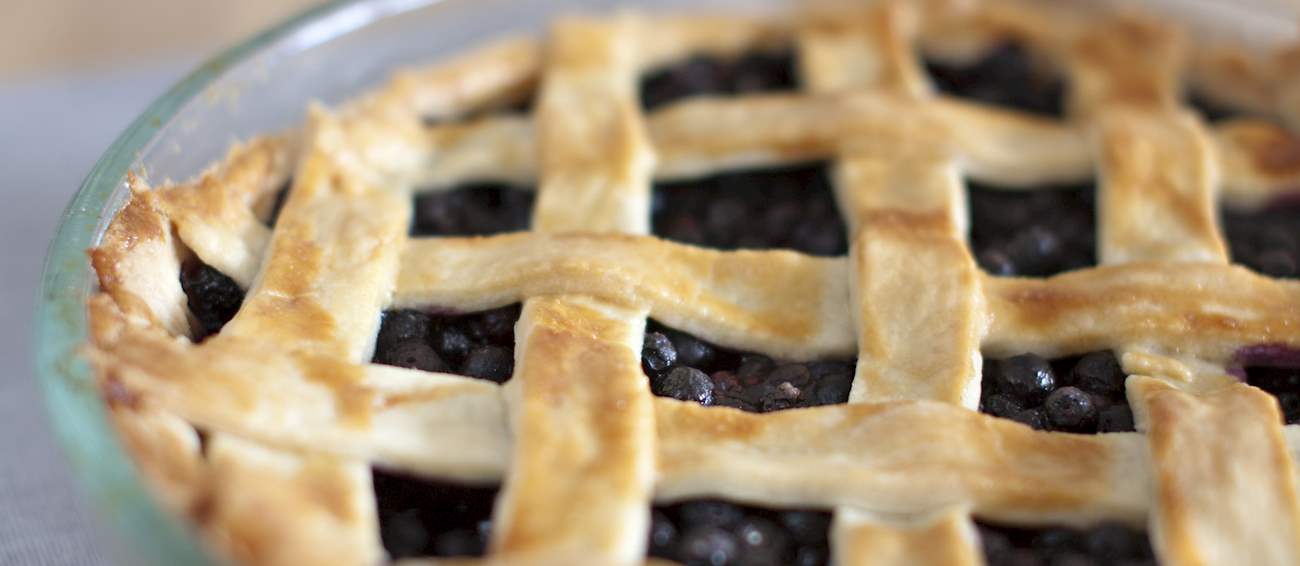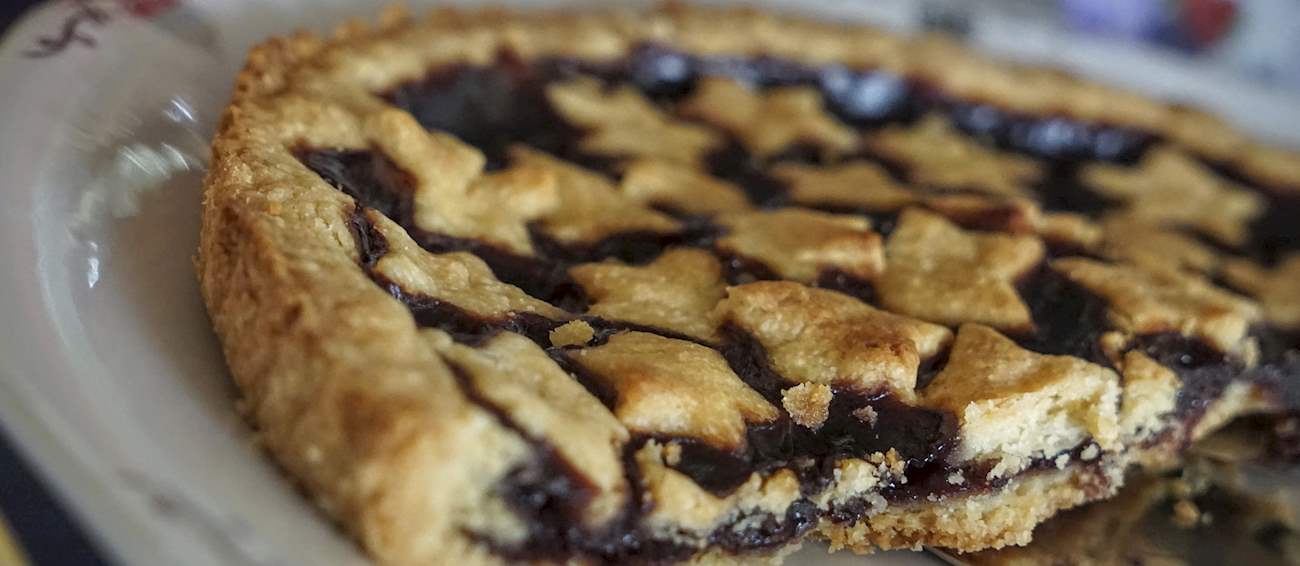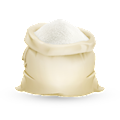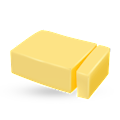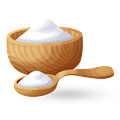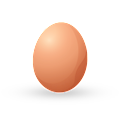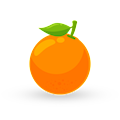Crostata
(Coppi, Sfogliate)
This Italian dessert consists of cheese or cream and fruit in a crusty pastry, similar to fruit-filled pies. The most commonly-used fruit in crostata are cherries, berries, apricots, or peaches. It can be prepared as an open-faced dessert or covered with a top crust, usually in the form of a lattice.
Its name is derived from the Latin crustata, which means crust. The earliest mentions of crostata in print can be found in cookbooks such as Libro de Arte Coquinaria by Martino da Como and Cuoco Napolitano, both from the 15th century.
The most popular variety of crostata in the south of Italy is crostata di ricotta, while northern Italy favors the creamy, fruity crostata that originated in Rome. There are other varieties of crostata as well, such as crostata al limone (with lemon) and crostata di marmelata (with fruit jam).
Crostata can be served without toppings, with a dollop of whipped cream, or even with a scoop of ice cream.
Pairing tips
Moscato d'Asti
Made entirely from the Moscato Bianco grapes, Moscato d'Asti is a fragrant, not overly sweet fizzante (semi-sparkling) wine that is produced mainly in the province ... Read more
Asolo Prosecco
Asolo Prosecco is a DOCG wine region from Treviso that produces top-quality Prosecco wines. Although still and frizzante (semi-sparkling) are also made ... Read more
Moscato Giallo
Moscato Giallo is a white grape variety that probably originated in Italy. It is mainly cultivated in northern Italy, with the best expressions coming from Trentino-... Read more
Recipe variations
Ricotta Crostata
READY IN 1h 40minThe following recipe gives instructions on how to prepare a double-crust ricotta crostata. The pasta frolla is made with flour, butter, powdered sugar, and egg yolks, scented with lemon peel. The benefit is that it can be made in advance, ideally the night before. The ricotta should drain for a few hours before making the filling, which is a simple one consisting only of ricotta, powdered sugar, orange peel, cinnamon, egg yolks, and chocolate chips.
Lemon Crostata
READY IN 1h 10minThe following recipe gives instructions on how to prepare an open face lemon crostata. The shortcrust pastry has a touch of baking powder which helps it stick to the pie pan as it bakes and makes it tender and flaky. The filling is made by mixing lemon juice, lemon zest, eggs, butter, and powdered sugar.
Jam Crostata
READY IN 1h 10minThe following recipe gives instructions on how to prepare a jam crostata with a lattice pie crust. The jam can be any jam of your liking.
Chocolate Crostata
READY IN 1h 40minThe following recipe gives instructions on how to prepare a chocolate crostata. The pasta frolla has baking powder making it very tender and flaky, and is flavored with orange zest, a flavor that pairs well with chocolate. The filling is made with milk, sugar, eggs, and chocolate and thickened with cornstarch. The top crust consists of small squares of pasta frolla, neatly arranged to make a checkerboard pattern and brushed with liquid cream.
Nectarine Crostata with Amaretti Cookies
READY IN 1h 30minThe following recipe gives instructions on how to prepare a crostata with a nectarine and amaretti cookie filling and a lattice top.
Berry Crostata
READY IN 40minThe following is the recipe for a berry crostata. The pastry and the custard are cooked separately, and the crostata is assembled once they’ve both had time to cool completely. The baked pie shell is filled with custard, and the top is generously decorated with various berries, the choice of which you can adapt to your liking. If you do not own a 35x11 cm tart pan, use a round, 20 cm pie pan instead.
Crostata Authentic recipe
The following recipe gives instructions on how to prepare a double-crust ricotta crostata. The pasta frolla is made with flour, butter, powdered sugar, and egg yolks, scented with lemon peel. The benefit is that it can be made in advance, ideally the night before. The ricotta should drain for a few hours before making the filling, which is a simple one consisting only of ricotta, powdered sugar, orange peel, cinnamon, egg yolks, and chocolate chips.
